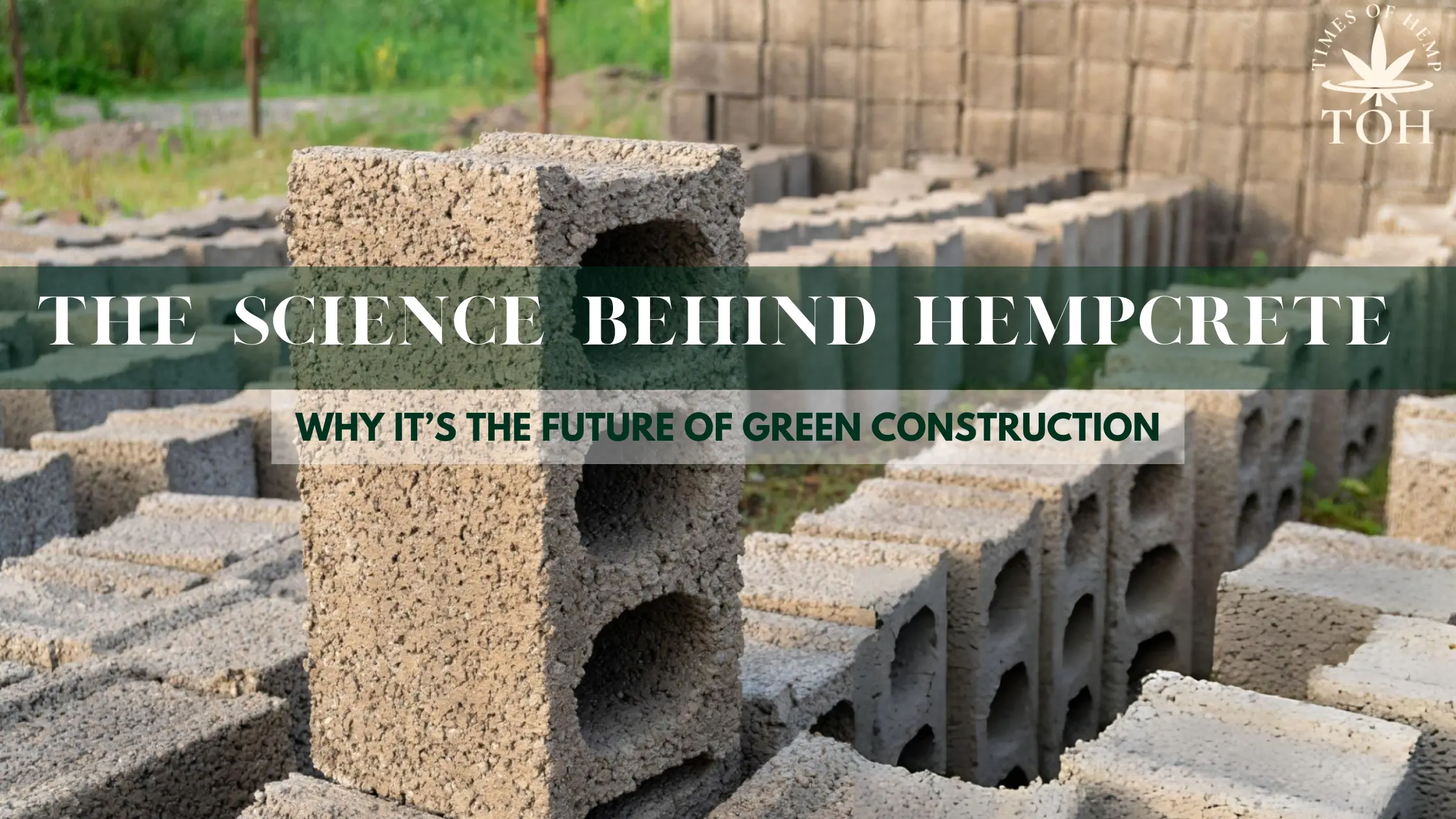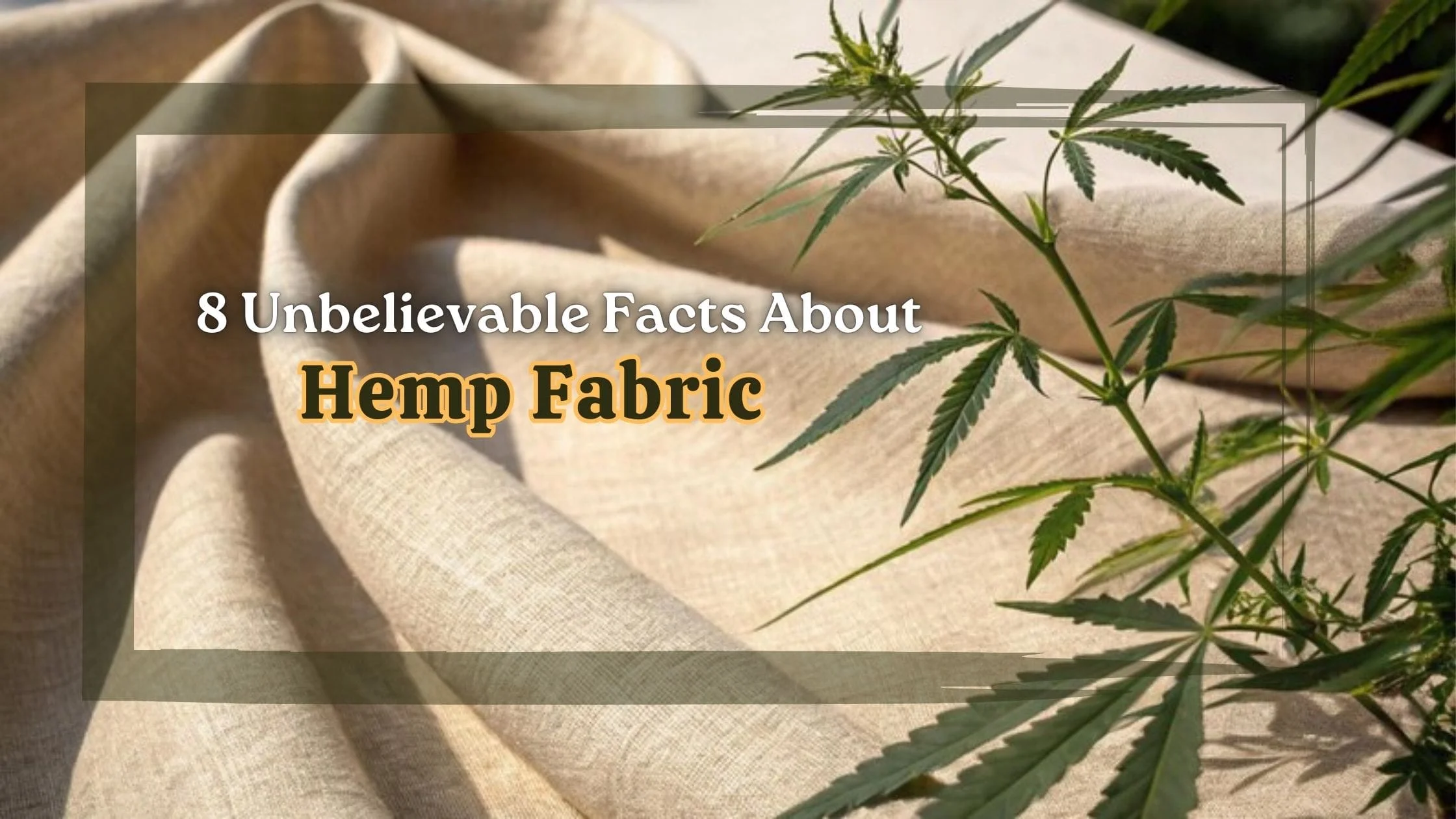Introduction
The globe has been investigating numerous ideas to prevent climate change and minimize greenhouse gas emissions in the search for sustainable and eco-friendly substitutes. Hemp, frequently used in various industrial applications, has recently become a potential answer. One such breakthrough invention is “Hemp Wood,” a ground-breaking substance that functions as a sustainable substitute for conventional lumber and can collect and store greenhouse gases. We will go further into the world of hemp wood in this blog, including its production method, environmental advantages, and the potential it has for a more sustainable and greener future.
Knowledge of Hemp Wood
The hemp plant (Cannabis sativa) has been farmed for hundreds of years for a variety of uses, including food, fibre, and medicine. The plant is the source of the unique and revolutionary material known as hemp wood. In contrast to its notorious relative, marijuana, hemp has tiny quantities of THC, the psychoactive substance that causes the “high” sensation.
The method used to manufacture hemp wood is known as “hempcrete” or “hemp-lime.” To create a strong and lightweight construction material, hemp shivs (the woody core of the hemp stalk) are combined with lime binder and water. The lime binder acts as the glue, while the hemp shivs operate as the aggregate, creating a sustainable and adaptable substitute for conventional wood goods.
The Potential for Sequestering Greenhouse Gases
Hemp wood’s capacity to absorb and retain greenhouse gases, especially carbon dioxide (CO2), is one of its most astounding qualities. Hemp is one of the many plants that take up CO2 from the environment during photosynthesis. Hemp continues to store considerable amounts of carbon throughout its life cycle, from when it is grown to when it is used to make hemp wood.
The plant’s development is just the beginning of absorbing CO2. Hemp Wood successfully stores the carbon for the long term, in contrast to typical lumber, which frequently releases stored carbon back into the atmosphere when it decomposes or is burned. Because of its ability to sequester carbon, hemp wood is critical in reducing greenhouse gas emissions from numerous human activities.
The Benefits of Sustainable Agriculture
The sustainable agricultural methods used to grow hemp also help trap and store greenhouse emissions. Hemp is a low-input crop, meaning its growth requires little water, fertilizer, or pesticides. Additionally, hemp may be grown in various soil types and climates, easing the burden on farmland and enabling more varied and sustainable crop rotations.
Hemp is also renowned for its quick development, with some types maturing in as little as 3 to 4 months. This rapid growth cycle enables farmers to grow many crops of hemp in a single year, maximizing its capacity to sequester carbon.
Deforestation reduction and biodiversity preservation
The traditional wood business is a significant cause of deforestation, which results in the loss of critical biodiversity hotspots and carbon sinks. We can significantly lower the need for logging and support efforts to conserve forests by promoting hemp wood as a sustainable substitute.
Forest preservation is essential for preserving fragile ecosystems’ equilibrium and sequestering carbon. Numerous plant and animal species may be found in forests, making their preservation necessary for the sustainability of our world.
Applications and Flexibility
Hemp wood has a wide range of uses in addition to being environmentally benign and able to sequester carbon. It may be used to make a variety of goods, such as:
Construction materials may be made from hemp wood, including walls, flooring, and roofs. Hempcrete provides a sustainable substitute for conventional concrete because of its superior insulating capabilities and permeability.
Furniture: Hemp wood may be crafted into chic and durable furniture, providing an environmentally beneficial option for home decor.
Paper and packaging: For a long time, high-quality Paper and eco-friendly packaging materials have been made from hemp fibres. These are used to create high-quality Paper and environmentally friendly packaging products.
Textiles: Hemp fibres are renowned for being strong and long-lasting, which makes them perfect for use in textiles and garments.
Biofuels: Hemp may make more sustainable and clean energy biofuels.
Getting Over Obstacles and Promoting Adoption
Hemp wood has enormous promise, but several obstacles must be overcome for its broad acceptance. The existing legal and regulatory framework governing hemp growing and processing in various countries is a considerable barrier. To overcome these obstacles, advocacy for regulatory reforms and raising consumer knowledge of the advantages of products made from hemp are crucial.
In addition, research and development activities must continue to improve the production procedure, raise product quality, and investigate new uses for hemp wood, just like they do for any newly developed technology or substance.
Conclusion
A ground-breaking development in the field of sustainable materials is hemp wood. It is a top contender in stopping climate change and deforestation due to its capacity to trap and store greenhouse gases, adaptability, and low environmental impact. We can make substantial progress towards a greener and more sustainable future by accepting hemp wood as a viable substitute for conventional lumber and encouraging its use in various sectors.
We can harness the potential of hemp wood to create a society that is not only carbon-neutral but also bountiful in ecological diversity and resilience as people, companies, and politicians band together to support this eco-friendly revolution.




